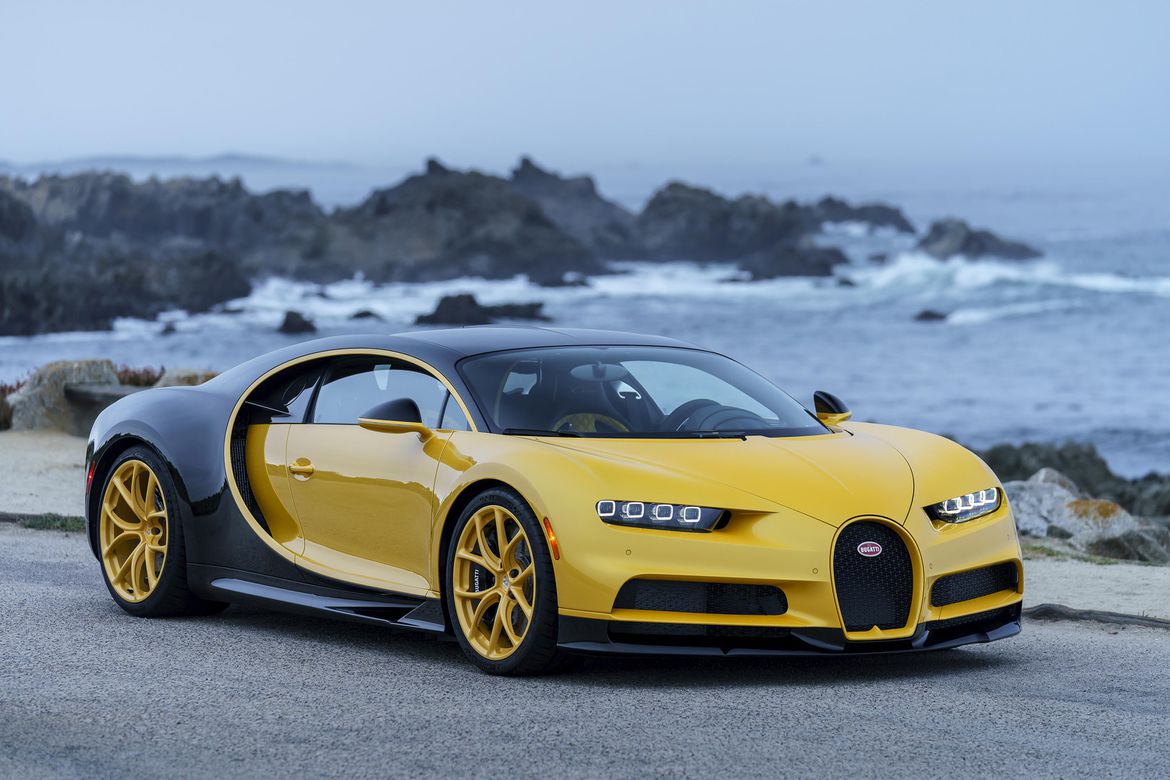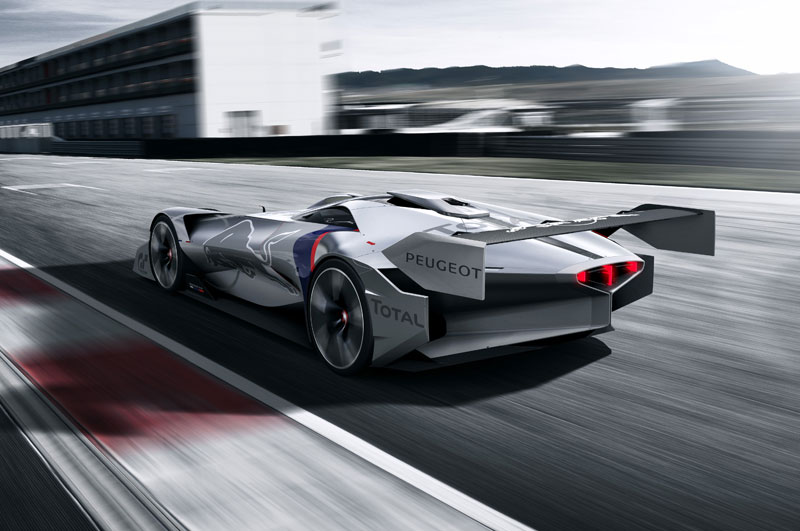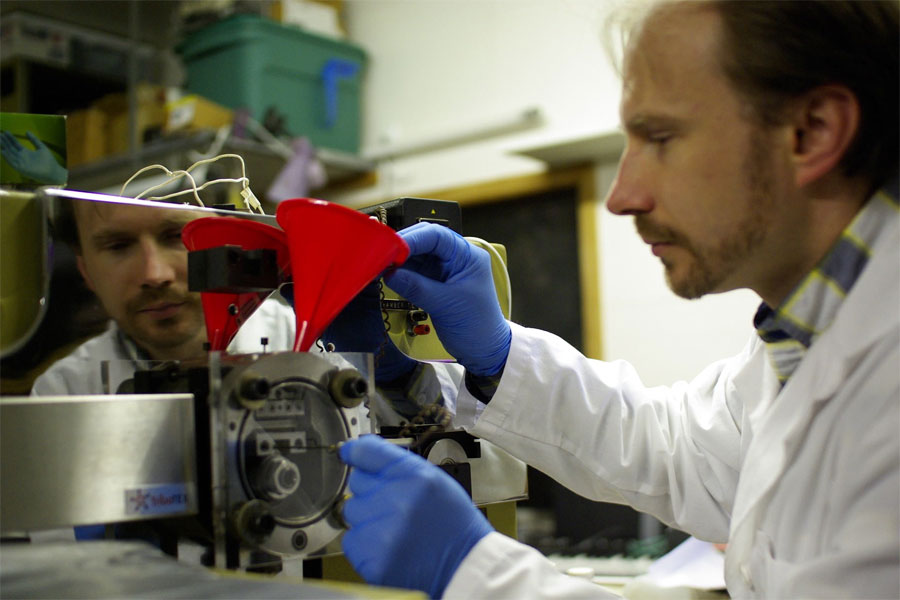When you have good headlights, you are safer, but you actively harm other road users when you have inadequate headlights. As lighting technology advances, we are witnessing an increasing number of cars with LED headlights and taillights.
The desire for enhanced nighttime visibility continues to rise, owing to the dangers of driving with hazy headlights. Glare, or light scatter, is caused by headlights shining too brightly into the eyes of oncoming road walkers. This intense flash, often known as “disability glare,” causes temporary blindness, preventing the motorist from detecting the contract.
Brighter Lights With Blue Tint
The problem is that specific older halogen headlights aren’t bright enough for drivers to see what’s ahead of them. So, Automobile manufacturers are increasingly using LED or High-Intensity Discharge (HID) lights, which appear brighter and often have a blue tint.
LEDs not only give brighter illumination than halogen lights, but they also claim to use less energy, resulting in fuel savings and carbon reductions. The RACQ, on the other hand, claims that HIDs and LEDs are frequently a source of annoyance for other road users.
Halogen to LED headlights Pro and Adverse switching
The four primary types of bulbs available for use in automobiles are halogen, xenon, laser, and LED lighting systems. Several automakers are making a move to LED headlights for their vehicles. LED lighting provides manufacturers with many design options and increased reliability in electric and hybrid vehicles.
To replace their halogen bulbs, several car owners buy aftermarket LED lights. However, there are benefits and drawbacks to each type of headlight bulb.
Advantages of LED Headlights
- LED headlamps are more energy-efficient than traditional headlamps.
- The minimal power consumption required to run LED lights is one of the main reasons for switching from halogen to LED lighting.
- The LED bulb’s extended life is a significant benefit for persons who: Owning numerous vehicles and traveling long distances regularly.
- LED lights are less affected by dust on your hands. So when changing LED headlight bulbs, you don’t have to be delicate.
Advantages of Halogen Headlights
- Halogen lamps emit light in all directions. At the same time, they offer ample illumination of the road ahead and the sides of the road.
- It gives forth a warm yellow light.
- It can be found in both modern and older vehicle models.
- Other drivers will not be blinded.
Car bulb and the law
Many of the laws that control how we can use our cars are likely familiar to you. However, you may not be aware that the components contained within them are likewise subject to regulations. The United Nations (UN) regulates how each automobile light should function.
- How bright should the bulb be? (in lumens)
- How much power should the bulb use?
- The bulb’s shape/design and specification information on the filament’s placement to ensure proper light output
Danger associate with LED and HID lights
The glare illuminated might be good or negative depending on how far away the vehicle with the brighter light was! When a driver’s eyes are temporarily dazzled or distracted by glare, one of the following problems can occur:
- Low visibility: The motorist would be unable to detect impediments on the road from a reasonable distance during the time of exposure to the glare.
- Reduced reaction time: Drivers blinded by high beams provided by headlights such as LED or HID cannot react quickly to unforeseen road impediments.
- Slow recovery time: After being exposed to bright lights, seniors’ pupils require a long time to adjust to normal vision, which might result in accidents.
How to keep yourself from being distracted by bright headlights?
You can do one of the following to prevent being distracted by the bright headlights:
- Adjust your speed to the distance between your headlights.
- To avoid being blinded by bright headlights, wear sunglasses.
- Continue to move your gaze.
- Avoid staring directly into an approaching vehicle’s headlights.
- Slow down and, if required, pull over as soon as possible to a safe spot.
- Keep the interior and outside of your vehicle’s windscreen clean to make it easier to see at night.
What will it take to put an end to LED headlights?
The issue isn’t that LED headlights are awful; manufacturers are increasing the lumens too much. They used to have legislation concerning how bright a headlight may be without blinding oncoming cars, but it doesn’t seem to be enforced any longer.
What’s even more insane is that some truck and jeep owners are installing long strip LEDs, known as light bars, that are genuinely blindingly bright and driving around town with them on to show off.
If you think 2,600 lumens are bright, wait until you see one of those 33,000-lumen lights. It should be illegal to use those bright led bars on any street; off-road use is allowed, but not on streets and highways, and those who do so should be penalized.
What can we do?
Before you buy your next car, do some study on lighting. Traditionally, headlamp technology has been combined with the trim level. Likewise, adaptive headlights have traditionally been reserved for the most expensive model levels.
LED lighting leads to more problems. While halogen filaments provide 360-degree illumination, LED, bulbs typically generate light in two 180-degree planes back to back. Oncoming drivers and those ahead of them in traffic are blinded when LED alignment is skipped. Because of the vehicle height, poorly focused headlamps are especially troublesome in pickup trucks and SUVs.
Do your research before installing aftermarket LEDs. Locate a trustworthy manufacturer as well as a local merchant. Then, buy based on quality rather than price.
Frequently Asked Questions
Why are LED lights used in automobiles?
Ans: The most energy-efficient automotive lighting on the market are LED lights. By turning over 80% of energy into light and 20% into wasted heat, LED lights use significantly less energy from the car’s electrical system than halogen lights.
What are the limitations of LED headlights?
Ans: The glare can get so intense that it affects other drivers on the road. Experts are also concerned that it could result in long-term retina damage. LED headlights are also more costly than halogen lights. So naturally, you won’t have to replace them as frequently, saving you money in the long term.
What’s the major problem with LED headlights?
Ans: LED lights placed too high can cause other drivers to get blinded, while LED headlights aimed too low don’t expose enough of the road ahead. Halogen headlight bulbs reach temperatures of around 4,500 degrees Fahrenheit. The heat they produce effectively melts snow, ice, and freezing rain from your headlight lenses.
Conclusion:
We want something that looks like a halogen bulb, not anything that emits a blinding wall of light. That’s why the dingier-looking LED bulb replacements, which have microscopic light chips positioned precisely where a halogen bulb’s filament would be, are the rage.
Aftermarket automobile lights are usually subject to some regulation. Therefore, it’s critical to double-check your state’s legislation. Complying with the law is always a good thing. It will assist you in selecting the proper headlights based on kind and color.













